
About AUKUS:
- It is a trilateral security partnership between the United Kingdom, the United States of America and Australia agreed in 2021.
- It is intended to strengthen the ability of each government to support security and defense interests, building on longstanding and ongoing bilateral ties.
- It consists of two key pillars.
- Pillar 1 focuses on supporting Australia to acquire its first conventionally armed, nuclear-powered submarine (It does not involve the transfer of nuclear weapons to Australia.)
- Pillar 2 focuses on cooperation in eight advanced military capability areas: artificial intelligence (AI), quantum technologies, innovation, information sharing, and cyber, undersea, hypersonic and counter-hypersonic and electronic warfare domains.
- Submarine Component:
- It is designed to equip Australia with nuclear-powered attack submarines (SSNs). In total, Australia will end up with eight of the new nuclear submarines, called SSN-AUKUS.
- These submarines will be based on a British design but have American technology or an American combat system.
- AUKUS will make Australia the seventh country in the world to be armed with nuclear-powered submarines and the second, after the United Kingdom, with whom the United States has shared this technology.
- These countries, however, made it clear that their aim is not to arm the new submarines with nuclear weapons. This is because Australia is a signatory to the Nuclear Non-proliferation Treaty (NPT), which bans it from acquiring or deploying nuclear weapons.
2. Key Facts about Ural River
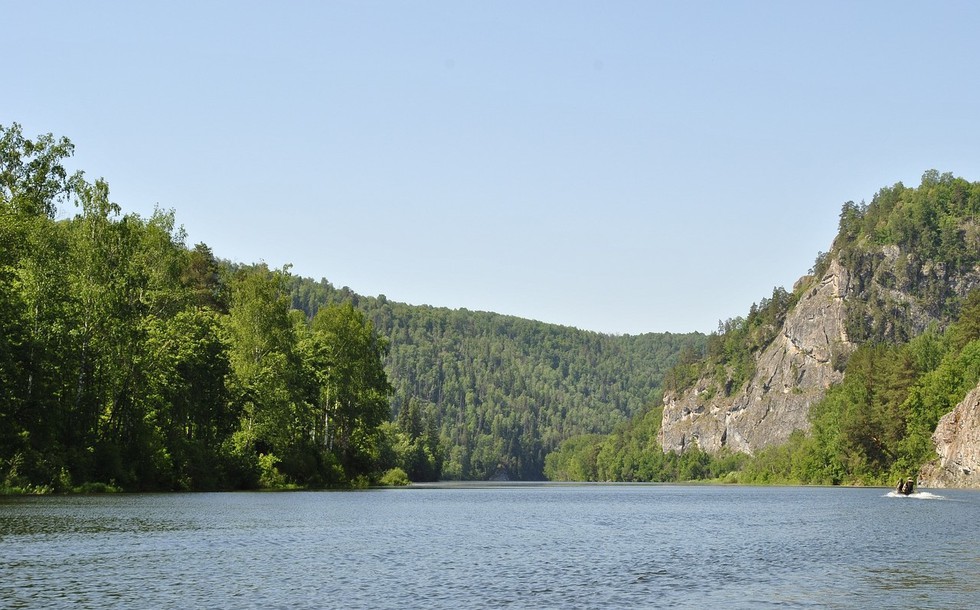
About Ural River:
- It flows through Russia and Kazakhstanalong the continental boundary between Europe and Asia. It is also referred to as the Zhayyq River in the native Kazakh language.
- Course:
- It originates in the Ural Mountains, close to Mount Kruglaya in Russia.
- It empties into the Caspian Sea; the world’s largest inland sea that lies between Europe and Asia.
- It is Europe's third-longest river,after the Volga and the Danube. Melting snow constitutes about 60% to 70% of the river’s water source, while precipitation is a minor source.
- A prominent feature of the Ural River is its digitate delta, or tree-like structure, that can be seen as the river enters the Caspian Sea.
- Tributaries:
- It has a total of 58 tributaries, with the most prominent ones being Kushum, Derkul, Chagan, Irtek, Utva, Elek, Bolshaya Chobda, Kindel, Sakmara, Tanalyk, Salmys, Or, and Suunduk.
- Tributaries from the right side are typical mountain rivers, while the left side tributaries have flatland characteristics.
3. What is Suvidha Portal?
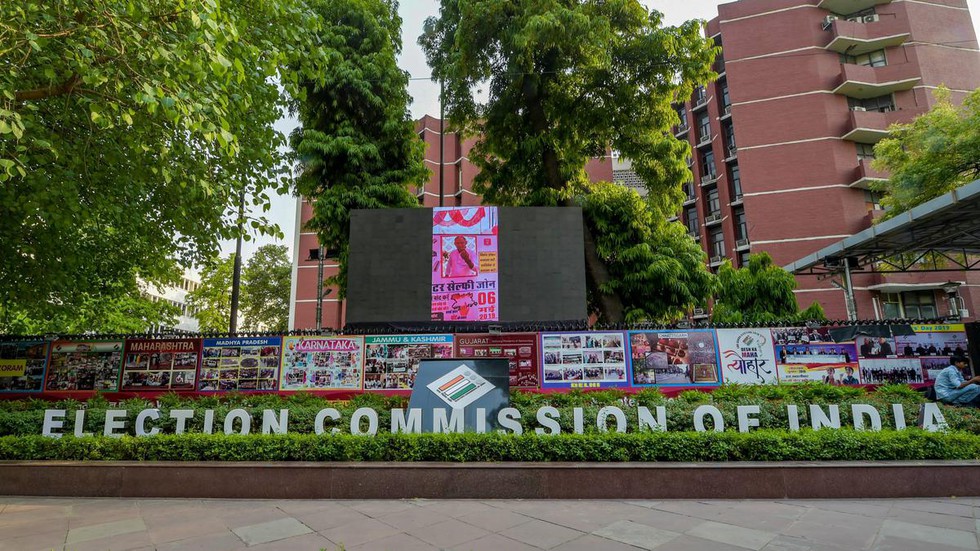
About Suvidha Portal:
- It is developed by the Election Commission of India (ECI) to ensure a level playing field upholding the democratic principles of free, fair and transparent elections.
- It streamlined the process of obtaining and acting upon requests for permissions and facilities from political parties and candidates during the election period.
- It caters to a diverse range of permission requests transparently on the First in First Out principle. Political parties and candidates can seamlessly submit permission requests online from anywhere, at any time. Offline submission options are available.
- It caters to permissions for organising rallies, opening temporary party offices, door-to-door canvassing, video vans, helicopters, obtaining vehicle permits, distributing pamphlets.
- It is supported by a robust IT platform, managed by nodal officers across various state departments. It also has a companion app that enables applicants to track the status of their requests in real time.
- Furthermore, the permission data available on the portal serves as a valuable resource for scrutinising election expenditures, contributing to greater accountability and integrity in the electoral process.
4. What is Funding Winter?

About Funding Winter:
- It refers to a period of market correction in capital inflow, which lowers the probability of startups getting higher valuations in the short to mid-term. Simply put, founders find it difficult to raise funding and achieve sky-high valuations.
- It often leads to investors avoiding firms without a set path chalked out for profitability. This, in turn, prompts a need to correct the value of the start-up.
- Further, one of the prominent effects of funding winter is that it requires business owners to reset their priorities in terms of profit maximization.
- Effects:
- With the funding winter in place, start-ups resort to measures which help them save their working capital, as the expectations of funding from investors are minimal.
- The advertisement expenses, capital expenditures and expansion plans are put to a halt in order to increase the sustainability of the firm.
- Only the expenditure essential to the survival of the firm is undertaken and all possible steps are put in place to ensure unnecessary expenses.
- Funding winter is not a new concept but a cyclical effect that happens due to multiple factors which impact the free flow of investments in the market.
- These factors may either be generically applicable to the entire market, such as geopolitical unrest in countries, monetary policies or financial irregularities or may be centric to the relevant sectors.
- The duration of a funding winter is unpredictable, and it may last for a long time depending on the multiple factors acting upon it.
5. What is Windfall Profit?

About Windfall Profit:
- It refers to a sudden increase in profits, typically caused by an unexpected event or circumstance. Such profits are generally well above historical norms and may occur due to factors such as a price spike or supply shortage that are either temporary in nature or longer-lasting.
- Windfall profits are generally reaped by an entire industry sector but can also find their way to an individual company or individual. Among the reasons that windfall profits can arise are a sudden change in market structure, an executive order from the government, a court ruling, or a dramatic shift in trade policy.
- In terms of an individual, a windfall profit/gain could be a spike in income as a result of a specific, one-time event, such as winning the lottery or inheriting a valuable property.
- Businesses typically use these profits in part to increase dividends, buy back shares, reinvest in the business for future growth, or reduce debt.
- Windfall Tax:
- Windfall profits often receive a windfall tax.
- It is a tax levied by governments against certain industries when economic conditions allow those industries to experience significantly above-average profits.
6. Lab-grown minibrains
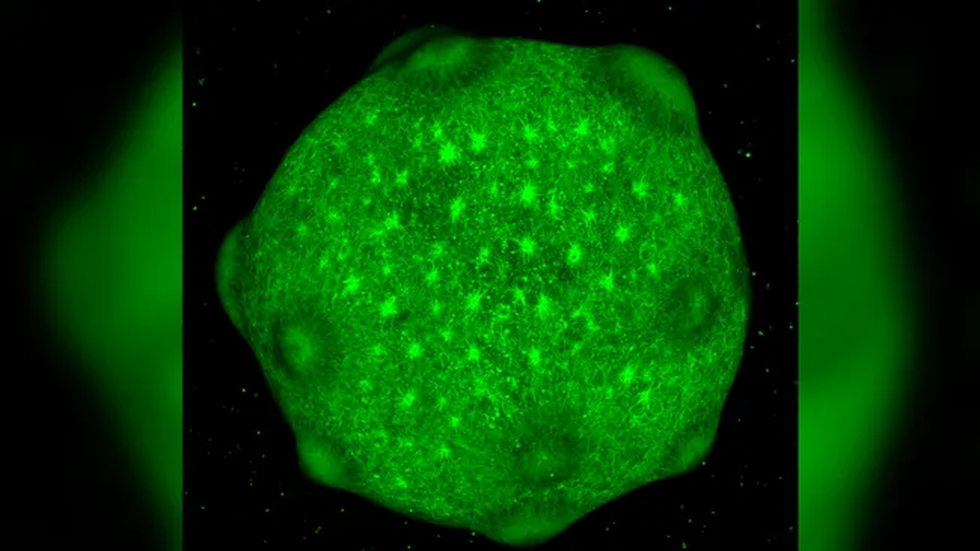
About Lab-grown minibrains:
- These are scientifically known as brain organoids, but often called "minibrains" and serve as miniature, simplified models of full-size human brains.
- How are minibrains made?
- Scientists typically grow brain organoids from stem cells, a type of immature cell that can give rise to any cell type, whether blood, skin, bowel or brain.
- The stem cells used to grow organoids can either come from adult human cells or more rarely, human embryonic tissue.
- Scientists collect adult cells and then expose them to chemicals in order to revert them into a stem cell-like state. The resulting stem cells are called "induced pluripotent stem cells" (iPSC), which can be made to grow into any kind of tissue.
- To give rise to a minibrain, scientists embed these stem cells in a protein-rich matrix, a substance that supports the cells as they divide and form a 3D shape. Alternatively, the cells may be grown atop a physical, 3D scaffold.
- Application: These organoids can potentially be useful in basic research, drug development and even computer science.
7. Mangal Pandey
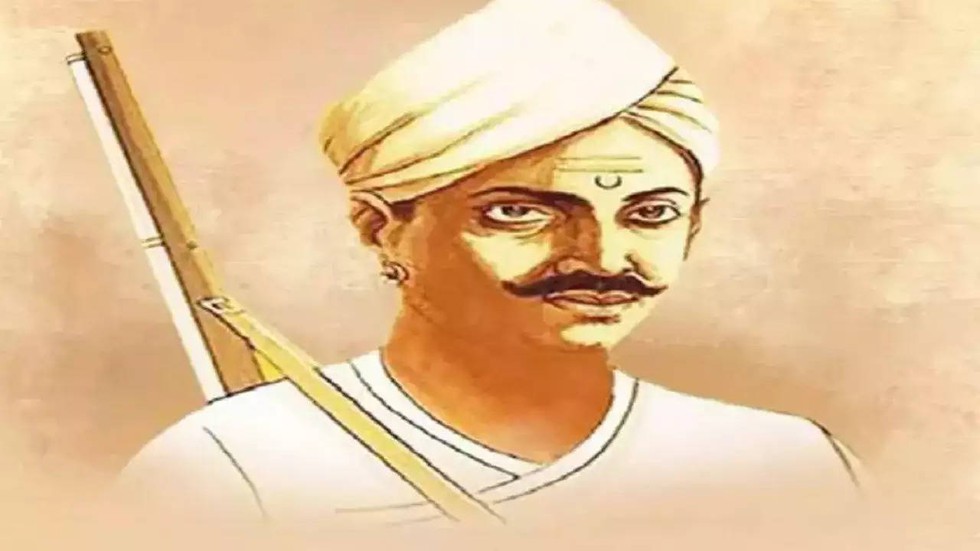
About Mangal Pandey:
- He is considered the hero of the first war of Independence, also known as the Sepoy Mutiny of 1857.
- Early life:
- He was born on July 19, 1827 near Faizabad in Uttar Pradesh.
- In 1849, Pandey joined the army of the British East India Company and served as a sepoy in the 6th Company of the 34th Bengal Native Infantry in Barrackpore.
- Rebellion against East India Company:
- He revolted against the East India Company for introducing cartridges that were greased with animal fat as it hurt the religious sentiments of the soldiers.
- This movement of rebels reached other parts of India and led to a mass revolt against the colonial rulers. Common people too came out and opposed anti-India laws.
- On March 29, 1857, Pandey mutinied and fired at his Senior Sergeant Major. He was overpowered and hanged on April 8, 1857, by the order of a Court Martial at Lal Bagan in Barrackpore. His regiment was disbanded, like the 19th infantry at Behrampore, for showing resentment.
8. Satpula dam

About Satpula dam:
- Satpula (‘sat’ means seven and ‘pull’ means openings of a bridge) was constructed during the reign of Sultan Muhammad Shah Tughlaq (1325-1351). It was built using Delhi quartz — a stone found in the Aravallis.
- It was developed as an integral component of defence wall of the fourth city of Delhi, Jahanpanah. The dam served two purposes: Providing a reliable source of water for irrigation, and acting as a defence against possible intruders.
- It was developed by identifying appropriate topography, i.e., a large open plain where water can be stored for irrigating large flat lands. Hence, this structure with sluice gates and a reservoir was developed.
- Since Sufi saint Nasiruddin Mahmud (popularly known as Chirag Dehlavi) used to live nearby, people used to believe that the canal water had healing properties.
- For centuries, the area used to host a Diwali mela and the attendees would take a holy dip in the waters and even collect some to take home.
9. Mid-Day Meal scheme
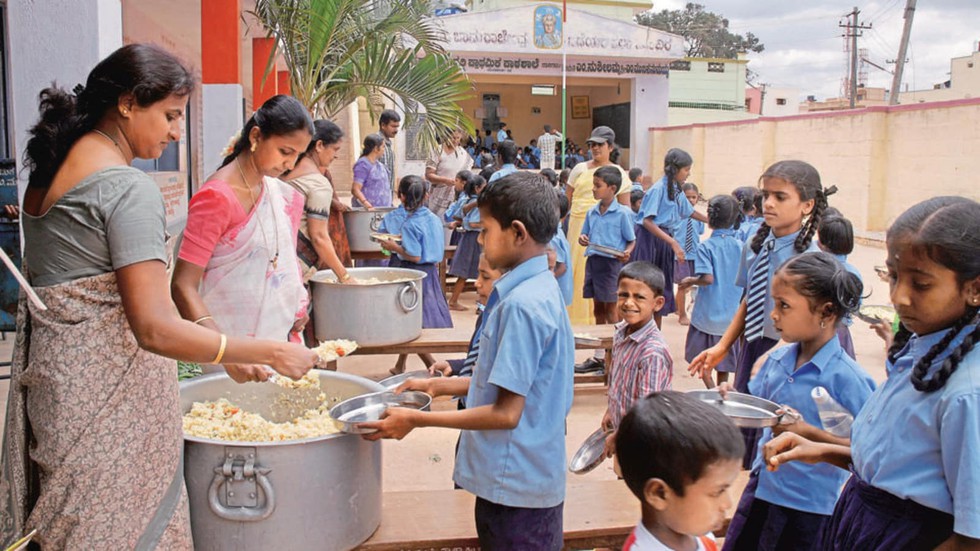
About Mid-Day Meal scheme:
- It is the largest school feeding programme of its kind in the world which covers children across Classes 1 to 8 (age group 6 to 14).
- Background:
- In 1925, a Mid Day Meal Programme was introduced for disadvantaged children in Madras Municipal Corporation.
- It was started in India on 15th August 1995 as the ‘National Programme of Nutritional Support to Primary Education (NP-NSPE)’.
- It was renamed the ‘National Programme of Mid-Day Meal in Schools’ in October 2007, also known as the Mid-Day Meal (MDM) Scheme.
- Under the scheme, a hot cooked meal per day is provided to all children (studying in Class I to VIII) enrolled in government schools, local body schools, government-aided schools, special training centres (STC), maktabs and madrasas supported under the Sarva Shiksha Abhiyan.
- Objectives:
- Increase the enrolment in the schools of the children who belong to disadvantaged sections of society.
- Increase the attendance and to retain the children studying in classes I to VIII in government and government-aided schools.
- To give nutritional support to the children studying in the elementary stage, especially in the drought-affected areas.
- To address hunger and malnutrition and improve socialisation among castes.
- Implementation: Each State/UT has to set up State Steering-cum Monitoring Committees(SSMCs) at the State, District and Block level to oversee its implementation.
- Funding: It is a Centrally Sponsored Scheme. Hence, the cost is shared between the Centre (60%) and States (40%) with states and UTs with a legislature, and 90:10 with the Northeastern states, Jammu and Kashmir, Himachal Pradesh and Uttarakhand, while the Centre bears 100% of the costs in UTs without legislature.
- Nodal Ministry: Ministry of Education
- In September 2021 it was renamed as the Pradhan Mantri POSHAN Scheme.
10. Oceanic Niño Index
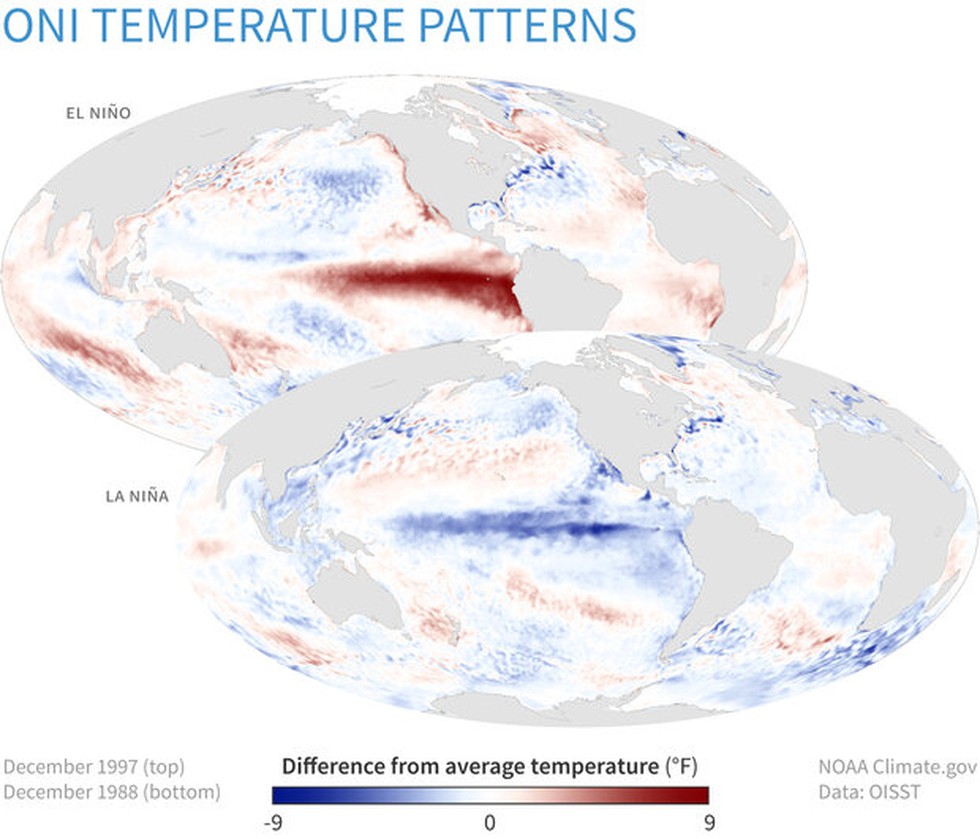
About Oceanic Niño Index:
- It is the primary indicator for monitoring the ocean part of the seasonal climate pattern called the El Niño-Southern Oscillation, or “ENSO”.
- It tracks the running 3-month average sea surface temperatures in the east-central tropical Pacific between 120°-170°W, near the International Dateline, and whether they are warmer or cooler than average.
- Index values of +0.5 or higher indicate El Niño and values of -0.5 or lower indicate La Niña.
What are El Nino and La Nina?
- El Nino and La Nina are two opposing climate trends that deviate from the normal conditions and normally run nine to twelve months, but can often extend.
- These events occur every two to seven years on average (El Nino is more frequent than La Nina), but not on a regular basis and together are referred to as the El Nino-Southern Oscillation(ENSO) cycle by scientists.
- El Nino is typically known as the warm phase(a band of warmer water spreading from west to east in the equatorial Pacific Ocean) and La Nina is identified as the cold phase (a band of cooler water spreads east-west) of ENSO.
- Both can have global effects on weather, wildfires, ecosystems and economics.


























































































































































.png)
.png)
.png)
.png)
.png)


.png)
.png)
.png)





.png)
.png)






.png)
.png)
.png)
.png)
.png)
.png)
.png)
.png)
.png)

.png)







.png)
.png)


.png)
.png)
.png)


.png)

.png)
.png)





.jpg)

.png)
.png)


.png)

.png)
.png)
.png)

.jpg)

.jpg)


.png)

.png)
.png)
.png)
.png)
.png)
.png)
.png)
.png)
.png)
.png)




.png)

.png)





.png)
.png)
.png)
.png)
.png)
.png)
.png)
.png)
.png)
.png)
.jpg)
.jpg)

.png)
.png)
.png)
.png)
.png)
.png)
.png)
.png)
.png)
.png)
.png)
.png)
.png)
.png)
.png)
.png)
.png)
.png)
.png)
.png)
.png)
.png)



.png)
.png)

.jpg)
.jpg)


.jpg)
.jpg)
.jpg)
.jpg)
.jpg)

.jpg)








.jpg)
.jpg)
.jpg)
.jpg)
.jpg)

















.jpg)
.jpg)







.jpg)


















.jpg)
.jpg)






























































































.jpg)
.jpg)


























.jpg)

.jpg)










.jpg)








.jpg)




.jpg)










.jpg)


















.jpg)












































.jpg)














.jpg)
.jpg)
.jpg)





.jpg)

.jpg)
.jpg)





































































.jpg)


































.jpg)
.jpg)
















































.jpg)












.jpg)


.jpg)




.jpg)
.jpg)
.jpg)

.jpg)
.jpg)
.jpg)
.jpg)

.jpg)
.jpg)
.jpg)

.jpg)
.jpg)
.jpg)
.jpg)
.jpg)
.jpg)
.jpg)
.jpg)

.jpg)


.jpg)
.jpg)
.jpg)
.jpg)
.jpg)
.jpg)
.jpg)
.jpg)
.jpg)
.jpg)











.jpg)
.jpg)





.jpg)
.jpg)
.jpg)
























.jpg)
























.jpg)









.jpg)
.jpg)







.jpg)
.jpg)









































.jpg)
.jpg)
.jpg)
.jpg)
.jpg)

.jpg)
.jpg)
.jpg)
.jpg)
.jpg)


.jpg)
.jpg)
.jpg)
.jpg)
.jpg)

.jpg)
.jpg)
.jpg)
.jpg)
.jpg)
.jpg)
.jpg)
.jpg)
.jpg)
.jpg)
.png)

.png)
.png)

.png)
.png)
.png)
.png)


.jpg)
.jpg)

.jpg)
.jpg)
.jpg)

.png)
.png)
.png)
.png)
.png)
.png)
.png)

.png)
.png)
.png)
.png)
.png)
.png)
.png)
.png)
.png)
.png)





































































-min.png)



.png)




.png)








































